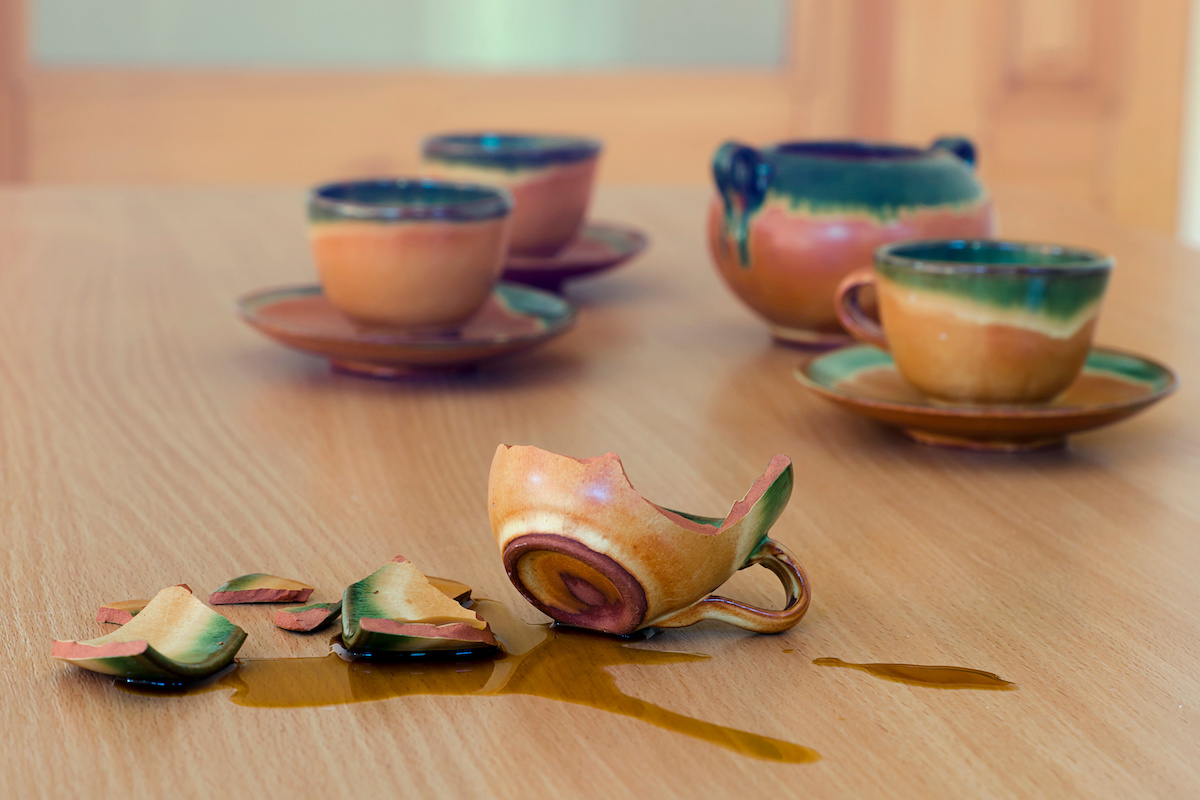Microstress: The Itch That’s Hard to Scratch
Small Changes Can Lead to Big Improvements

When I first came across the word “microstress,” I was intrigued. We all know what stress is and have heard it described in a million different ways, but microstress? I needed to learn more. Here’s a quick breakdown for you with a few takeaways in the hopes that it raises your awareness of something that affects us all.
But first, a definition. Karen Dillon, author of The Microstress Effect, states that microstresses are tiny moments of stress that are caused by routine interactions with other people that are so routine you barely notice them. A good metaphor is a teacup to which you keep adding a little more liquid. You add a little more, a little more, and it’s holding on at the top — until you add one extra drop, and it spills over. That’s the effect of microstress.
I’m sure you are already picturing where your microstresses are coming from. Think death by a thousand cuts. I picture it as stress by a thousand small, irritating things that build and could potentially blow up. Seems right on in our world today with all that we are holding, balancing, and juggling.
While “normal” stress as we know it is visual and obvious, microstress is much less obvious. These come at us so quickly that we hardly notice. Examples of microstress include that annoying co-worker heading toward your office, reporting to a moody boss and you never know what you’ll get, or dishes left in the sink and not put into the dishwasher. All seem small, but these can accrue and create ripple effects on you and your relationships.
The Impact of Micro-stress:
- Physical Health: Frequent exposure to microstress can lead to increased levels of cortisol, the stress hormone, which can contribute to various health issues, including heart problems, digestive disorders, and weakened immune function.
- Mental Well-Being: Microstress can also take a toll on your mental health, leading to symptoms such as anxiety, irritability, and even depression over time. It can make it challenging to focus, concentrate, and enjoy life’s simple pleasures.
Managing Micro-stress:
- Mindfulness Meditation: Practice mindfulness meditation to stay present and aware of your emotions. This can help you recognize when microstressors are accumulating and take steps to address them.
- Time Management: Prioritize tasks and create a daily schedule. By breaking your day into manageable chunks, you can reduce the feeling of being overwhelmed by microstressors.
- Set Boundaries: Establish clear boundaries at work and in your personal life. Learn to say no when necessary and protect your time and energy.
- Regular Exercise: Physical activity is an excellent way to reduce stress. Even a short walk or a few minutes of stretching can help alleviate the tension caused by microstress.
- Connect with Nature: Spending time in nature can be calming and rejuvenating. It’s an effective way to disconnect from the demands of daily life. Here in Santa Barbara, it’s easy: Take a walk on the beach. When’s the last time you did that?
- Practice Deep Breathing: When you encounter a microstressor, take a moment to practice deep breathing. Inhale deeply through your nose, hold for a few seconds, and exhale slowly through your mouth. Breathing deeply signals our parasympathetic nervous system to calm the body down.
- Social Support: Share your concerns with friends and loved ones. Sometimes, just talking about your microstressors can provide relief.
- Limit Inputs: Excessive screen time, especially on social media, can expose you to unnecessary microstressors. Consider setting boundaries on your digital consumption.
- If You Don’t Talk It Out, You Will Act It Out: Be curious why someone or something is the way that it is. Be mindful of the story you are telling yourself, because it might not be true.
- Acceptance: As Supreme Court Justice Ruth Bader Ginsburg said when asked about the secret to being married 56 years, “It helps to be a little deaf.” These words are a helpful reminder that there is always another option: Don’t say anything at all and get on with your day.
Microstress may be small, but its cumulative impact on your health and well-being can be significant. By incorporating these strategies into your daily routine, you can manage micro-stress and enjoy more balance. Remember that small changes can lead to big improvements in your overall quality of life.
Sara Caputo transforms how individuals, teams, and small businesses navigate workflow and increase workplace efficiency. Her work has been featured in Working Women, Success, and Forbes, as well as other national and regional publications. She can be reached at sara@saracaputoconsulting.com.



